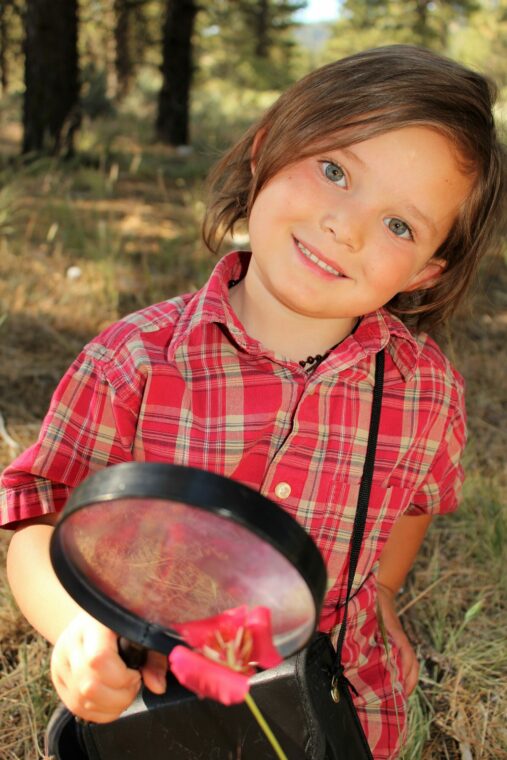
3 Tips for Raising Healthy and Caring Children
Whether you’re planning a new family or raising children from ages one to eightteen, having great parenting advice can really help you make healthier and

Whether you’re planning a new family or raising children from ages one to eightteen, having great parenting advice can really help you make healthier and

Many people are curious about Emotional Freedom Technique (EFT), also called Tapping. Tapping is a tool anyone can use to help them deal with difficult

Being a parent can be pretty overwhelming at times. Much of the parenting journey is super complicated, but when it comes to nature-deficit disorder, there

The ways that children use technology on a daily basis is changing. More and more, younger generations are spending prolonged periods of time using digital

Written by: Amanda Henderson Showing your children how to make healthy, safe decisions is one of the most important lessons a parent can teachtheir child.

The Imagine Project became a nonprofit a little over 5 years ago. We have grown tremendously in those 5 years, currently reaching over a quarter

Transitioning to a Trauma Informed School has become an important movement across the United States, particularly in those schools with a high population of at-risk

Parents, teachers, admin, even grandparents are struggling with the difficult decision of; “Should I send my child back to the classroom setting?” Some believe kids

All educators are anxiously awaiting what this fall might look like. Some still aren’t sure if kids will be in the classroom or virtual—and things

Ugh, life has been challenging lately, sometimes down right hard! Many of us are facing situations we never thought we would ever encounter. The stress




Join our community to get the latest tips, exclusive offers, and updates straight to your inbox. Don’t miss out—subscribe now and be the first to know!